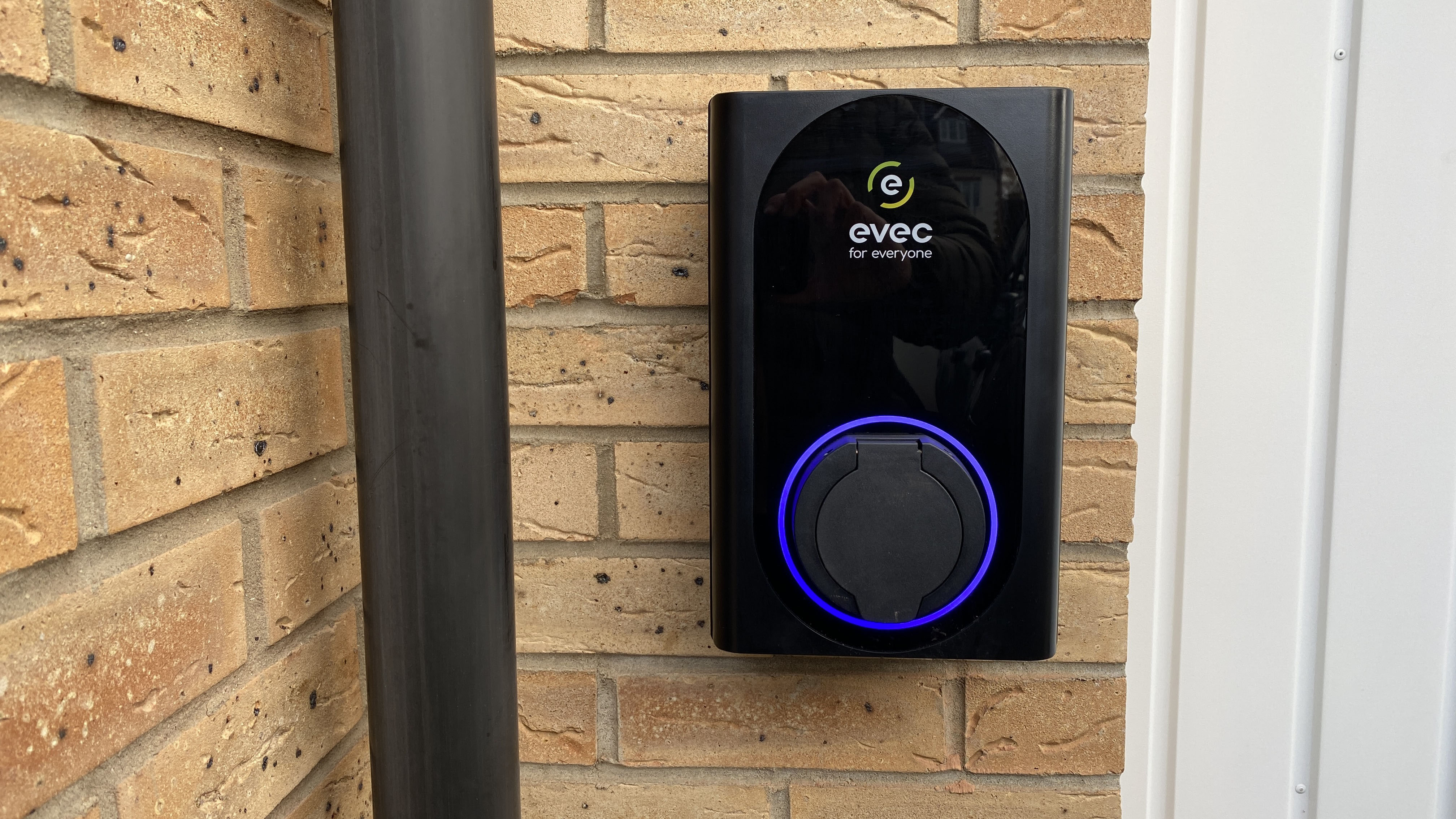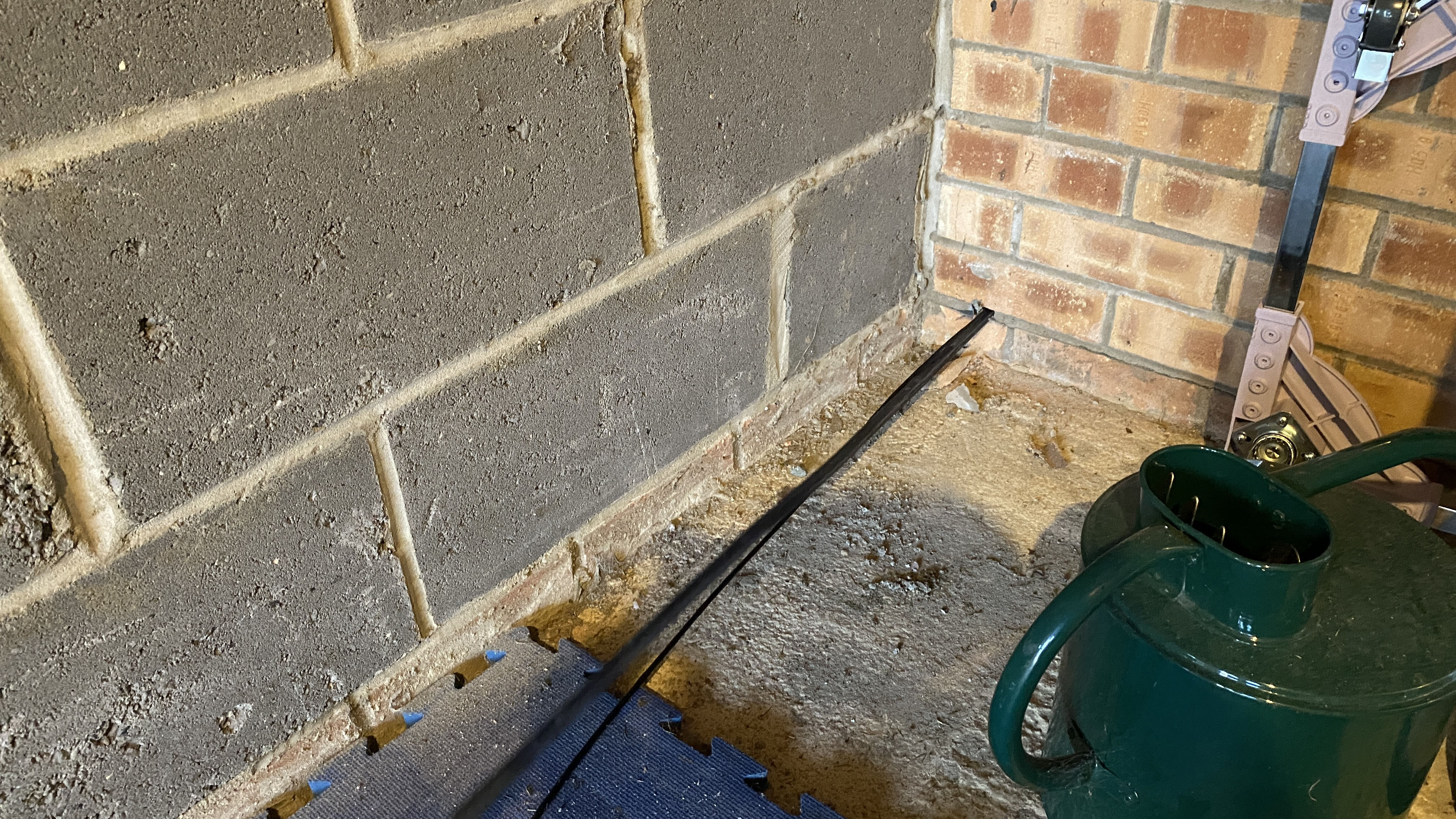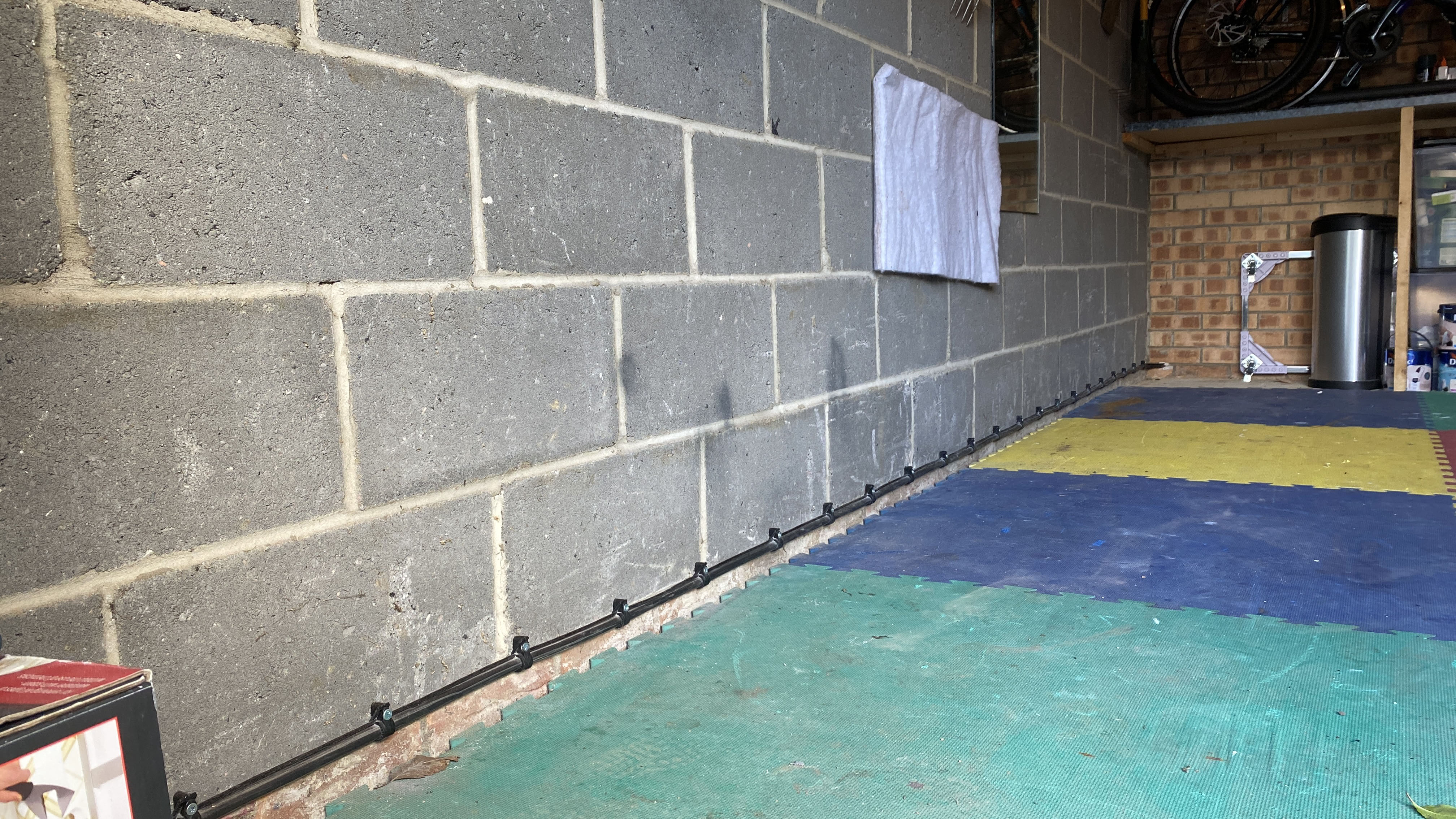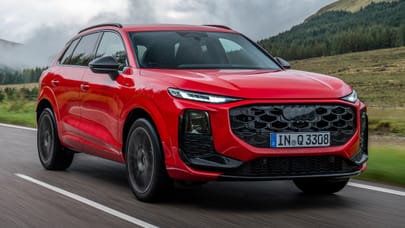
TopGear.com’s guide to installing a EV wallbox car charger at home
Wondering how much hassle it is to charge an EV at home? Here’s a guide featuring the Evec VEC01
Okay, so you’ve been reading TopGear.com’s long-term car reviews of the Fiat 500e, Audi e-tron GT, Skoda Enyaq and VW ID Buzz. And you’ve decided your next car will be electric. That means you’re going to want to charge at home. And that means getting a charger installed.
How much hassle is that exactly?
I’ve recently had an Evec VEC01 installed at home, so I can answer a bit of that first-hand. Firstly, you’re going to need some suitable off-street parking, and a space to mount your charger. If there’s poison ivy smothering the walls of your house, best get the shears out.
Making sure you’ve got an agreeable location for your wallbox is obvious. Choosing what sort of charger to go for isn’t, necessarily.
What are the different sorts of chargers?
For domestic use – juicing an EV overnight – a 7.4kW wallbox is most common. Companies like Evec will also sell 22kW three-phase capable chargers, but that’s more suited to business premises.
Next up, tethered or untethered? This is just a piece of jargon meaning ‘do you want to have a cable permanently attached to the charger, or not’? Tethered = cable hardwired in: convenient, but messy-looking, and potentially a pain if you change cars and your next EV isn’t compatible (highly unlikely now we’ve settled on Type 2 sockets in the UK. Sorry, Nissan Leaf owners).
I went for an untethered charger for the neater look and the peace of mind that any car TopGear.com chose to test would be right at home plugging in. If you’re the indecisive type then Evec do offer a ‘dual charger’ that has both a cable and a socket for charging two cars simultaneously, albeit at half the charging speed than you’d get going one at a time. It costs £699.99 – whereas the regular old one-car-at-a-time version is £379.99.
What do you need to know before installation?
Where to find your electricity meter box, mainly. The company handling this installation (Ascent Energy) sent a digital questionnaire a few days before they actually arrive to drill holes in the wall, asking for images of the meter box, its contents and the installation location. It was all reasonably easy to follow even for a tech luddite. So long as you live in a post-1960s house it’s very unlikely you’ll need additional work on the premises’ electrical system.
How does the wallbox get to my house?
The Evec VEC01 travelled through the postal system and arrived in a nondescript box with a courier several days before installation was due. It’s not very heavy or cumbersome, so I just popped it to one side until it was time to install.
How long did installation take?
About four hours, from the knock at the door from the installer to having a functional charger merrily pumping electricity into a car. Dan the installation man had very economical consumption of only one cup of tea every two hours and made light work of drilling through the back the garage to neatly route cables along the inside wall and through into the charger. These are securely clipped to the wall to stop anything snagging.
The electricity supply to the house was only disrupted for 15 minutes towards the end of the installation, and this was warned about. Best have the oven instruction manual handy so you can find out how to reset the damn clock.
Top Gear
Newsletter
Thank you for subscribing to our newsletter. Look out for your regular round-up of news, reviews and offers in your inbox.
Get all the latest news, reviews and exclusives, direct to your inbox.
What if I’ve never used an EV charger before?
Then ask your installer, because if they’re as helpful as Dan, then they’ll walk you through it. The wallbox itself is just a glossy black unit with some circuitry inside – there’s no buttons to press or code to input. All the control happens via an app. Evec’s is a touch sparse but pretty simply to operate, giving the option of scheduling charging for off-peak hours when power is cheaper, or a manual override to juice up an EV whenever suits you.
As my wallbox is located at the opposite side of the house to my wi-fi hub, the signal strength is a little patchy causing a minute or so of delay between tapping to activate the charge and electricity beginning to flow. The app warns about ‘low signal strength’ but it doesn’t appear to affect operation of the device at all. I’ll get round to boosting the signal strength eventually and it’ll cease to be an issue.
How do I know how much power I’m using to charge my car?
Again, it’s all in the app., Weirdly, the app only allows you to view your current charging input in Watts, as opposed to the more usual kiloWatts, so be prepared for a shock when you see huge numbers and worry you’re about to cause a local power outage. Thankfully the Record tab shows the power used per charging session in kWh along with how long each session lasted.
It’d be nice to change the units for the active charging from W to kWh, as can be done with more advanced apps.
Anything else to note?
The blue ‘idle’ light is really bright. Yes, it’s a minor point, but it doesn’t half bathe the driveway in a cold hue. Looks like I’ve turned my house into a cosplay police station. Or an ice bar. The light turns green when the charger is operating. The rest of the time the blue idle light shows it’s ready to go, and I was initially worried my neighbours might ask me to reduce the brightness (which you can’t do). I suppose some electrical tape could mask most of it off if you were desperate.
How much, all in?
The entry-level wallbox was £379 on its own. But that’s not much use to anyone. So with installation, it was £749 all in. The Evec box isn’t the sexiest looking device on the market and the app is far from the most versatile, but the flipside is this is among the cheapest 7.4kW home wallboxes currently on offer in the UK.
Remember, there’s no longer a government (ahem – taxpayer) funded grant on hand to soften the blow of readying your home for the EV future.
Trending this week
- Long Term Review
Life with a 500bhp BMW 550e: do you really need an M5?










